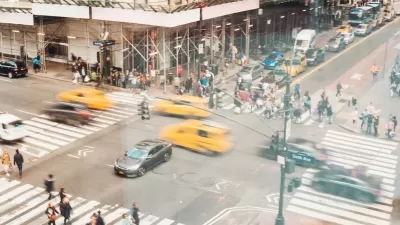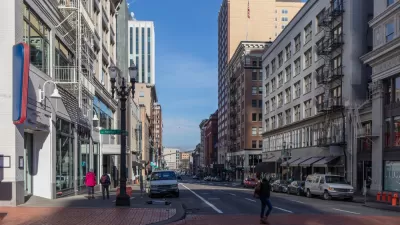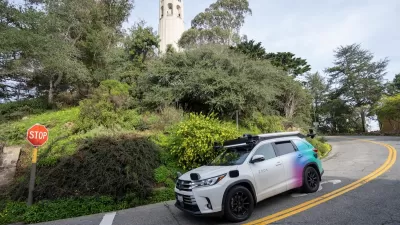As more autonomous vehicles hit the road and inevitably cause crashes, courts will have to contend with a complex web of responsibility when ruling on wrongful death cases.

An article from the law firm Pittman, Dutton, Hellums, Bradley & Mann, which specializes in wrongful death and car accident lawsuits, poses the question, "is [a traffic fatality] still wrongful death if the car is driving itself?"
So far, "self-driving cars cause more accidents (9.1 accidents per million miles driven) than vehicles involving a human driver (4.1 accidents per million miles driven)." And "[w]hen self-driving cars designed to reduce road carnage start to cause fatal accidents, concerns are raised regarding their safety and the issues of liability. Determining liability can be a sizable challenge, especially when you consider that many individuals and entities could play a role in an accident: the driver, car maker, technology provider, government, and local authorities."
The article goes on to define wrongful death from a legal perspective and explain how wrongful death lawsuits occur. When it comes to self-driving cars, the targets of lawsuits can include drivers, government, technology providers, and vehicle manufacturers.
In a widely publicized Arizona case, when an Uber vehicle using AV struck and killed a pedestrian, the courts and the National Transportation Safety Board (NTSB) placed the blame on several parties. "While it’s clear that a fatality caused by a wrongful act should be considered a wrongful death, the challenge comes about when we attempt to determine who is liable. For those who want precedents regarding liability, it’s unfortunate that big companies like Uber have resorted to out-of-court settlements. Consequently, there is limited guidance from court rulings regarding the issue." It remains to be seen how future lawsuits will play out and whether tech providers and manufacturers will take more responsibility for fatalities caused by their vehicles.
FULL STORY: Is It Still Wrongful Death If The Car Is Driving Itself?

Study: Maui’s Plan to Convert Vacation Rentals to Long-Term Housing Could Cause Nearly $1 Billion Economic Loss
The plan would reduce visitor accommodation by 25,% resulting in 1,900 jobs lost.

North Texas Transit Leaders Tout Benefits of TOD for Growing Region
At a summit focused on transit-oriented development, policymakers discussed how North Texas’ expanded light rail system can serve as a tool for economic growth.

Why Should We Subsidize Public Transportation?
Many public transit agencies face financial stress due to rising costs, declining fare revenue, and declining subsidies. Transit advocates must provide a strong business case for increasing public transit funding.

How to Make US Trains Faster
Changes to boarding platforms and a switch to electric trains could improve U.S. passenger rail service without the added cost of high-speed rail.

Columbia’s Revitalized ‘Loop’ Is a Hub for Local Entrepreneurs
A focus on small businesses is helping a commercial corridor in Columbia, Missouri thrive.

Invasive Insect Threatens Minnesota’s Ash Forests
The Emerald Ash Borer is a rapidly spreading invasive pest threatening Minnesota’s ash trees, and homeowners are encouraged to plant diverse replacement species, avoid moving ash firewood, and monitor for signs of infestation.
Urban Design for Planners 1: Software Tools
This six-course series explores essential urban design concepts using open source software and equips planners with the tools they need to participate fully in the urban design process.
Planning for Universal Design
Learn the tools for implementing Universal Design in planning regulations.
Ascent Environmental
Borough of Carlisle
Institute for Housing and Urban Development Studies (IHS)
City of Grandview
Harvard GSD Executive Education
Toledo-Lucas County Plan Commissions
Salt Lake City
NYU Wagner Graduate School of Public Service





























